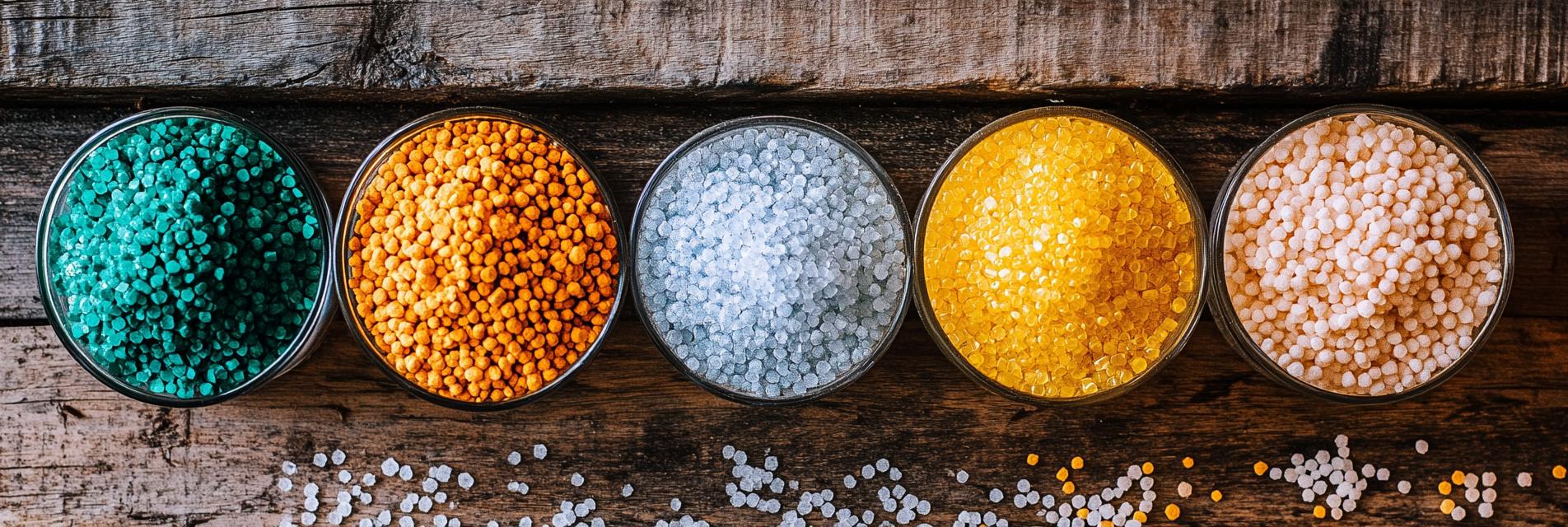Urea fertilizer is a key nutrient source for crops, providing essential nitrogen that promotes vigorous growth and high yields. However, its effectiveness largely depends on how well it is applied and managed in various agricultural contexts. In this article, we will explore strategies to enhance the effectiveness of urea fertilizer, particularly through precise application methods and sustainable agricultural practices.
Different crops have varying nutritional needs and growth stages, making tailored application of urea crucial. For instance, in the case of leafy greens, a split application technique can be more beneficial, where urea is applied at multiple intervals rather than all at once. This ensures a steady supply of nitrogen as the plants grow.
Applying urea during certain growth phases can yield better outcomes. For instance, broadcasting when the soil is moist can help reduce nitrogen loss through volatilization. Understanding the local climate and soil conditions is vital for scheduling urea applications effectively.
One common challenge faced by farmers is nitrogen loss due to leaching or nitrification. To mitigate this, consider using urease inhibitors which can slow the breakdown of urea, allowing for more efficient nitrogen availability during the crop’s critical growth stages.
Regular soil testing can provide insight into nutrient availability and help in making informed fertilization decisions. Employing precision agriculture tools can also enhance monitoring, ensuring that the amount and timing of urea application meets the specific demands of the crop.
To achieve the best results with urea fertilizer, consider the following best practices:
Maximizing the effectiveness of urea fertilizer involves understanding the specific needs of crops and implementing targeted application strategies. By addressing common challenges and adopting best practices, farmers can enhance crop yields and ensure sustainable production for the future.
